Machine learning meets design
My work focused on designing and creating new user experiences that leverage CloudMade’s proprietary software technology. CloudMade has been creating a range of smart solutions for mobility which are geared towards making the experience inside and outside the car more pleasant. This was made possible with the application of machine learning algorithms which anticipate the next user need.
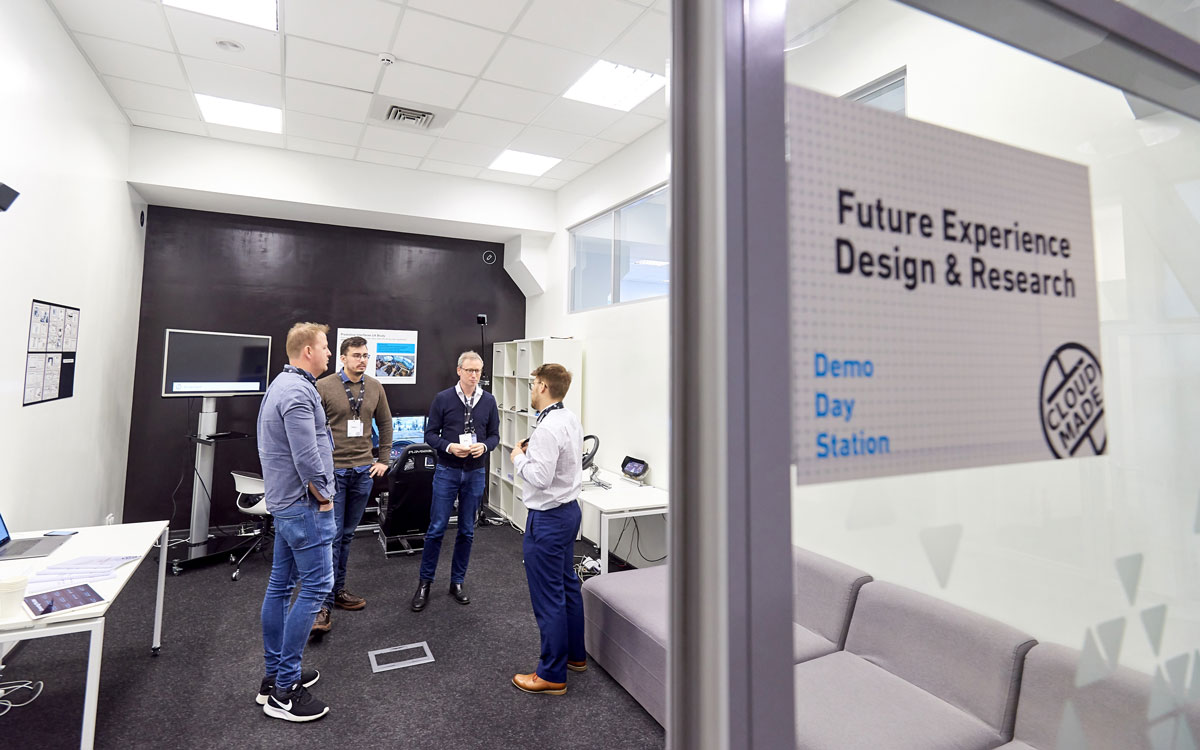
The CloudMade design team was split between two locations: Kiev, Ukraine and London, UK. As well as supporting client projects and designing visual aesthetics of products, the team carried out fully fledged research and product validations. My role in the team was truly multi-faceted which means working on rapid prototyping, constructive research, and UI/UX design, among other design process roles.
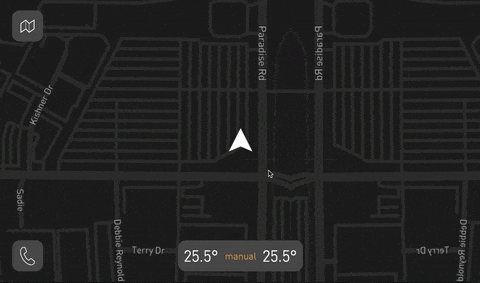
An experimental head unit prototype for iPad. Designed in Sketch, made in Unity.
Make your own tools
What started out with a 3D car model dropped into Unity (game engine) progressed into a ‘drivable’ driving simulation that includes dynamic traffic, events, haptic feedback, and a dedicated head unit display and instrument cluster.The simulation was built in a modular way so we could quickly test and verify different concepts and mockups. Adding mobile devices and displays was easy thanks to various wired and wireless communication protocols.
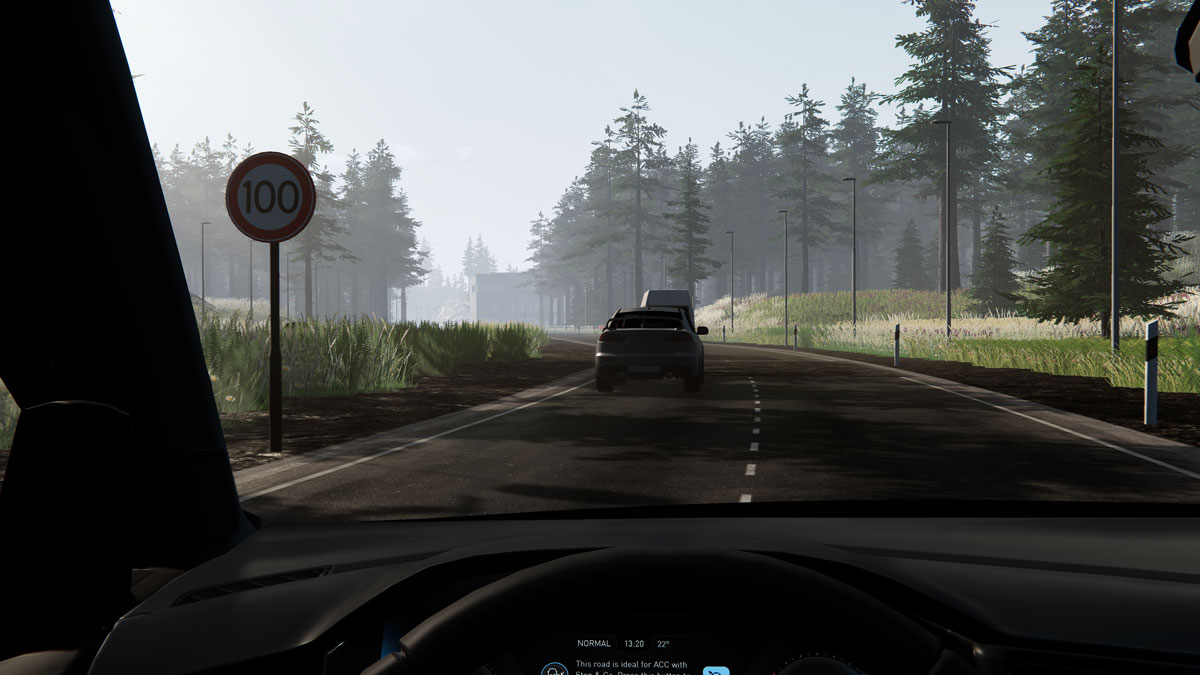
Due to our unique setup we adjusted the way we worked. This included developing our own tools and methods.
We were now able to test our ideas and quickly iterate at a fraction of the cost and with more reliable results. The simulation was developed to handle the multiple different use cases CloudMade was offering. CloudMade’s Kiev office built a duplicate of the virtual prototyping environment, which could be updated remotely depending on local project needs.
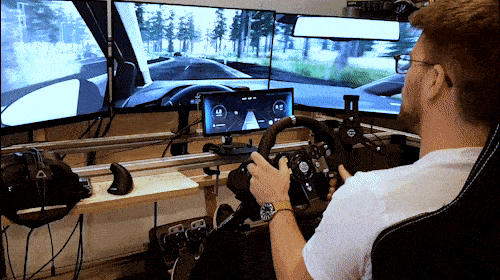
Here you see Philippe testing the simulator's adaptive cruise control response.
VR Prototyping
CloudMade is technology-driven but it’s the design team that defines the future vision. Hence we created a future world in virtual reality (VR). The VR experience was situated in a city where the car adjusts to the driver depending on their needs during the journey.
It was my task to ideate new concepts in VR and build a new type of gaze-interaction for the driver. VR was the ideal prototyping environment in this case because we could provide augmented information popping up in and around the car based on the user’s gaze in a 3D space. Naturally people look at points of interest and overlay the object with useful information.
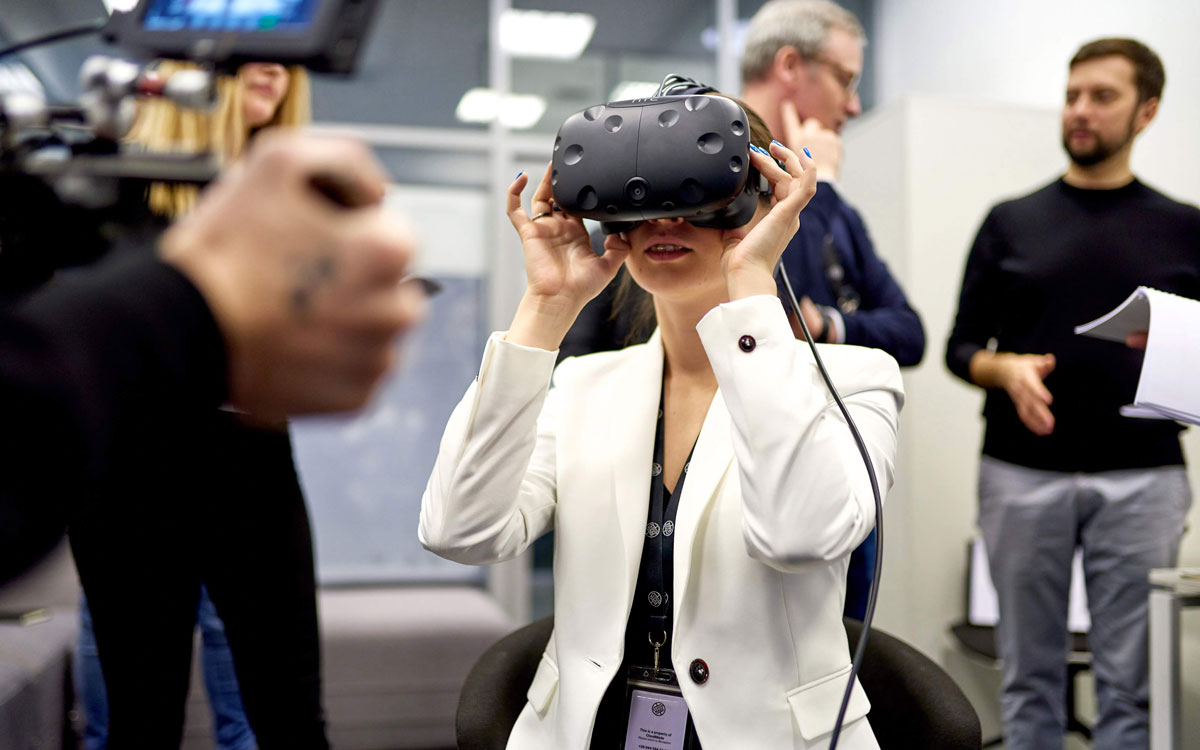
Gaze-data in combination with the right inference engine could lead to some interesting predictions on user behaviour. This information has the potential to help us tailor the user experience to the user’s desires at the right moment.